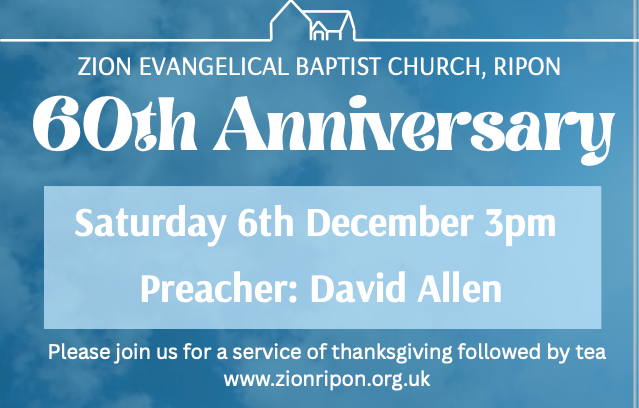Eire became the Republic of Ireland, fully independent of Britain and the Commonwealth on Easter Monday, 18 April 1949.
Territory: Over 27,000 square miles, four fifths of the island of Ireland.
Environment: Mild and moist climate, due to the warm Atlantic Gulf Stream. The resulting green (‘Emerald Isle’) countryside has lakes, bogs, hills and mountains, as well as rolling farmlands. 10% of the land is covered by peat bogs, peat being a traditional source of fuel.
Population: 5 million. Emigration over the last 150 years has numbered several millions, especially to the USA. Recently the population has grown as the economy has strengthened.
Cities: Dublin (capital), over 1 million; Cork and Limerick.
Urbanisation: 57%.
Official languages: Irish (first language for 3%), English.
Economy: For centuries poor and backward, Ireland now has a boom economy, due to heavy inward European investment. Traditionally dependent on agriculture (including cereals, potatoes, dairy, beef, pigs, sheep and poultry) and tourism, the economy now has a strong mixed base. This base includes minerals, forestry, fishing, textiles, chemicals and other manufactured goods. 30% of all exports are electrical and electronic goods. The United Kingdom and Europe are Ireland’s most important export market.
Religion: Over 90% nominally Roman Catholic. Officially there is no state link with Roman Catholicism, and there is freedom of religion. Protestants (4%) and cults are growing minorities.
Protestants: Church of Ireland (Anglican), Presbyterian, Methodist, House Churches, Brethren, Baptist Union, independent churches.





